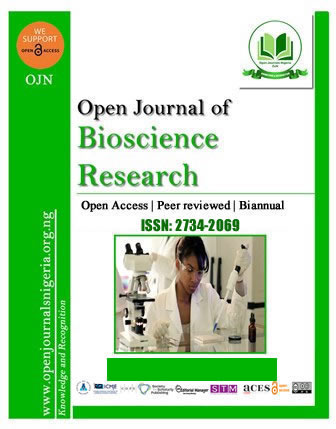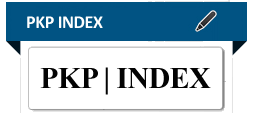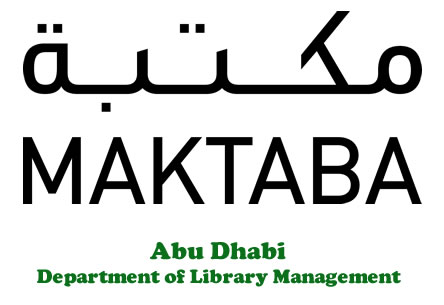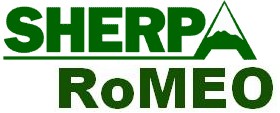ANTIBIOTIC SUSCEPTIBILITY PATTERN OF BACTERIA ASSOCIATED WITH CLINICAL WASTE MATERIALS IN GOKANA LOCAL GOVERNMENT AREA OF RIVERS STATE.
DOI:
https://doi.org/10.52417/ojbr.v5i1.577Abstract
A significant issue in world healthcare today is the rise in illnesses brought on by bacteria that have developed resistance to widely used antibiotics. The goal of this study was to determine the pattern of antibiotic susceptibility of bacteria that were isolated from five clinical wastes that were gathered from approved health facilities in Rivers state's Gokana Local Government. Fifty (50) samples of clinical waste were collected for six months from two different health centers. Samples were subjected to Standard microbiological analysis. Total heterotrophic count, total Staphylococcal count, coliform count, and feacal coliform count were estimated. Five (5) bacteria species isolated during the study and their percentage occurrence were Staphylococcus sp. was the most frequently isolated bacteria 15 (55.6%), Bacillus sp. 8(29.6%), Klebsiella sp. 2(7.4%), Pseudomonas sp. and Escherichia coli 1 (3.7%). Susceptibility of bacteria to antibiotics revealed that the Gram-positive bacteria were 77.3% resistant to Cefexime, 68.2% resistant to Cefotaxine and 63.6% resistant to Augmentin and Cefuroxine while the Gram-negative bacteria were 100% resistant to Nalidixic acid, 80% resistant to Ampiclox, 60% resistant to Augmentin, Imipenem/Cilastatin, Cefuroxine and Nitrofurantoin. Out of the twenty-seven (27) isolates, 74% had a multidrug resistance index ≥ 0.2, 14.9% had ≥ 0.5, and 11.1% had <0.2 Multidrug Resistance Index value. This study revealed that azithromycin, ciprofloxacin, levofloxacin, imipenem/cilastatin, and ofloxacin can be used as a drug of choice for treatment of Gram-positive bacteria associated with hospital wastes while levofloxacin, ofloxacin, ceftriaxone sulbactam, gentamycin, and cefixime could be used for Gram-negative bacteria associated with hospital wastes.
Published
How to Cite
Issue
Section
Copyright (c) 2024 Bale et al.

This work is licensed under a Creative Commons Attribution 4.0 International License.





















